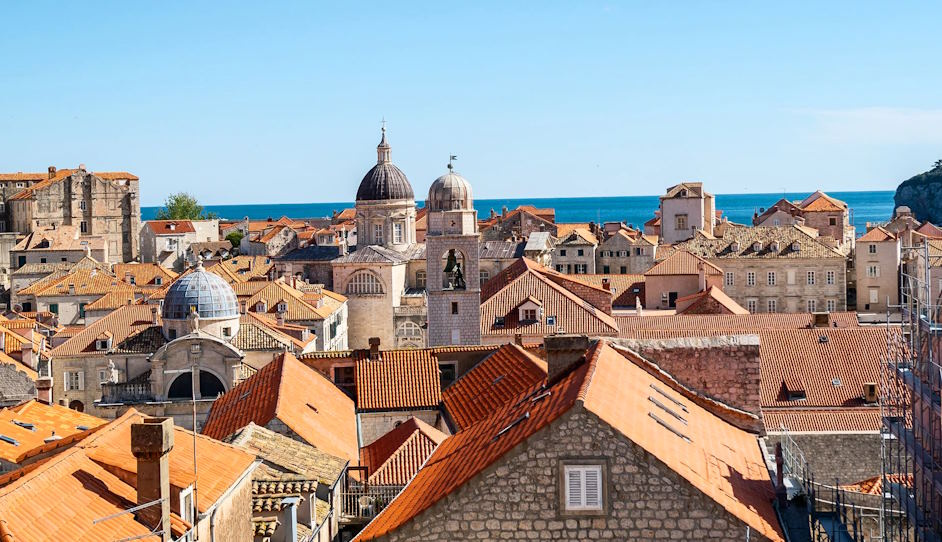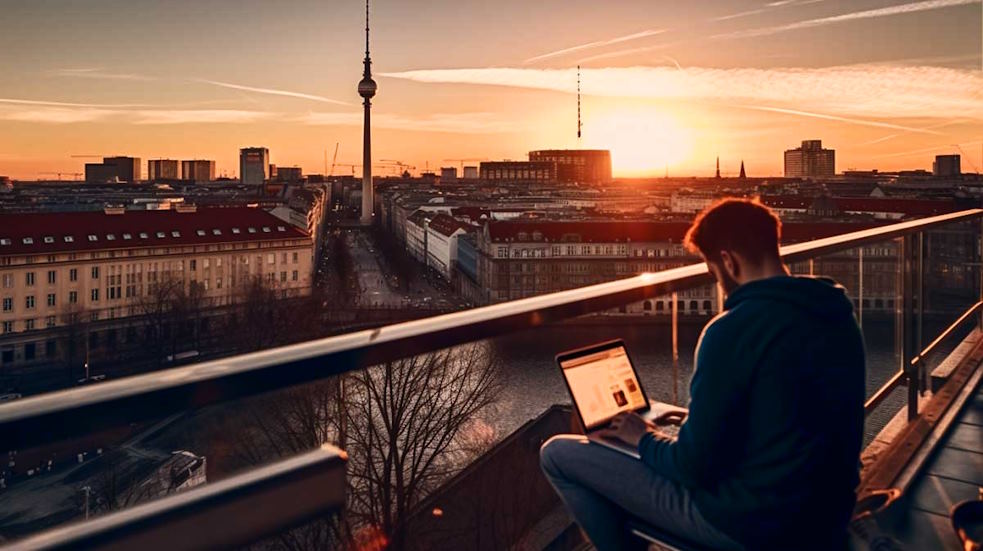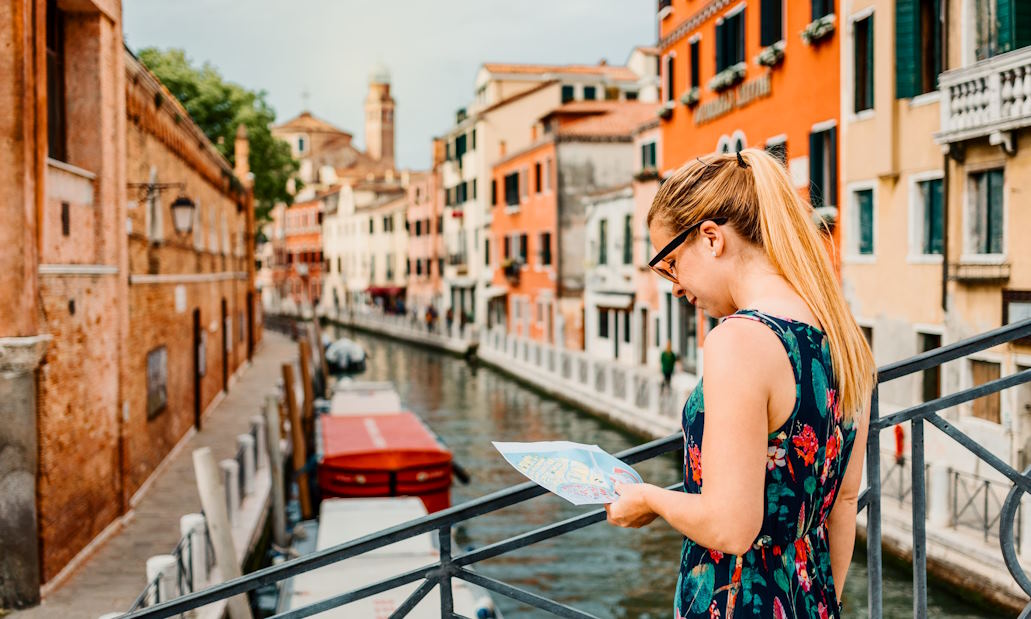In the labyrinth of time, Europe stands as a living testament to the ebb and flow of centuries, with each cobblestone and towering spire whispering tales of a bygone era. The allure of time travel, an enchanting concept that transcends the boundaries of imagination, finds its most captivating expression amidst the medieval towns and Renaissance cities that dot the European landscape. Journeying through these meticulously preserved enclaves, one embarks on a captivating odyssey that unravels the threads of history, revealing the intricate tapestry of cultural evolution.
Exploring Medieval Towns
Embarking on a journey through the heart of Europe’s medieval towns is like stepping into a time capsule, where every corner holds echoes of a bygone era. These enchanting destinations boast key features that transport visitors to a world where narrow cobblestone streets wind their way through centuries of history. Walking along these charming pathways, one can’t help but feel the resonance of a medieval past, where each stone tells a tale of the lives and events that unfolded within these ancient city walls.
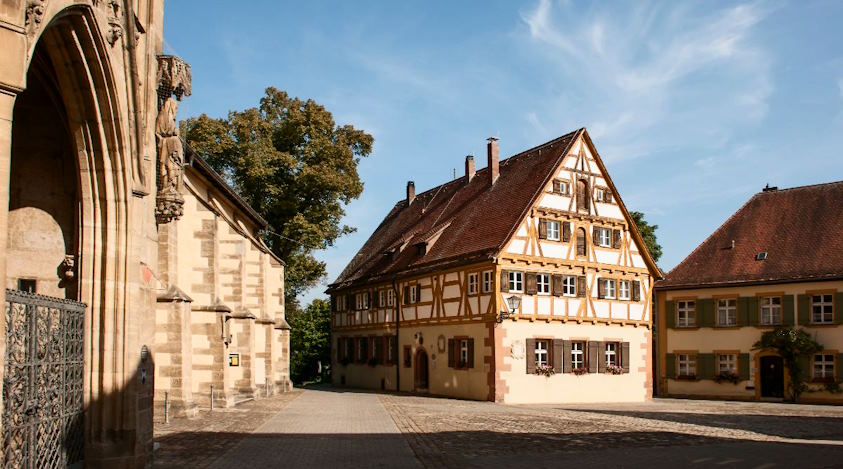
One such jewel in the crown of medieval towns is Rothenburg ob der Tauber, Germany. Its well-preserved medieval architecture, including the iconic Plönlein, enchants visitors with a glimpse into the town’s storied past. Further south, in Carcassonne, France, towering castles and fortifications stand proudly against the skyline, offering a breathtaking panorama that transports visitors back to the age of knights and noble quests. Tallinn, Estonia, with its medieval Old Town, unveils the allure of Gothic architecture and cathedrals, preserving a unique atmosphere that captures the essence of the Middle Ages.
These medieval towns, like living museums, hold cultural and historical significance that extends beyond their picturesque facades. They are not merely relics of the past but integral contributors to the shaping of European identity. The architectural wonders, fortified structures, and cobblestone streets collectively narrate a tale of resilience, cultural exchange, and the enduring spirit of medieval communities that continue to influence the cultural tapestry of contemporary Europe.
Rediscovering Renaissance Cities
Venturing into the heart of Europe’s Renaissance cities is like stepping into a realm where artistic brilliance and intellectual innovation converge to shape the very essence of cultural evolution. The Renaissance period, known as the “rebirth,” witnessed an extraordinary revival of interest in classical art, literature, and humanism. This cultural awakening left an indelible mark on European societies, influencing everything from architecture to philosophy.
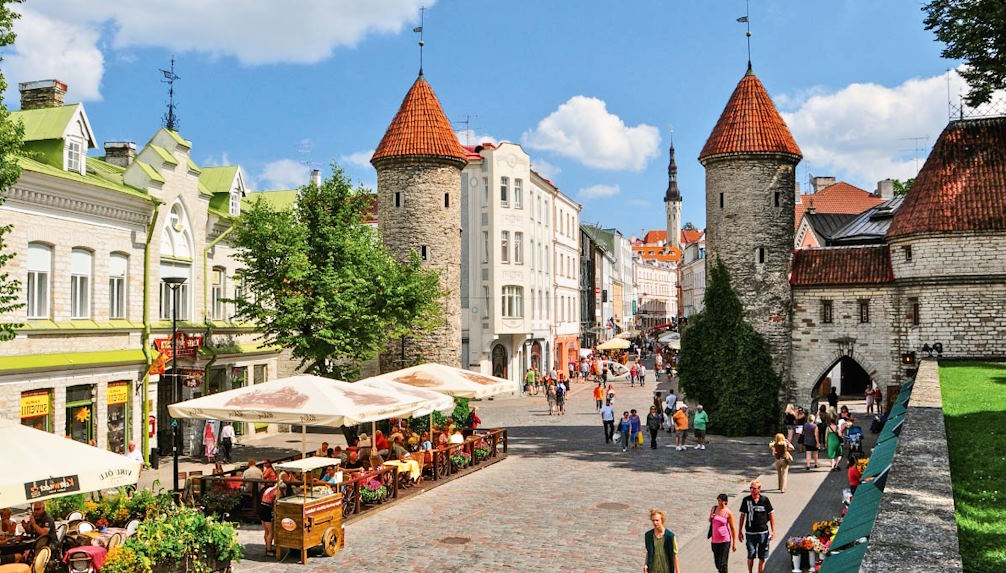
Renaissance cities, with their grand palaces and expansive squares, stand as living testaments to the opulence and creativity of the era. The classical architecture and meticulous symmetry of these urban landscapes mirror the ideals of balance and proportion championed during the Renaissance. Humanism, a central tenet of this period, is palpable in the urban planning of these cities, emphasizing the importance of human experience and intellectual pursuits.
Among the luminaries of Renaissance cities, Florence, Italy, emerges as a beacon of artistic achievement, boasting masterpieces by Michelangelo, Leonardo da Vinci, and Botticelli. Prague, Czech Republic, with its fairy-tale charm, reflects a fusion of Gothic and Renaissance architecture, while Barcelona, Spain, showcases the avant-garde genius of Antoni Gaudí amid its historic streets.
These cities were not just epicenters of architectural splendor; they incubated groundbreaking advancements in art, science, and philosophy. From the Medici family’s patronage in Florence to the astronomical revelations in Prague, Renaissance cities served as crucibles for the transformative ideas that continue to shape our understanding of the world today.


